
I am incredibly selective about kitchen appliances and doodads. If it’s going to take up space in my kitchen, it better work hard. And there’s one appliance that outworks all the others year after year – my freezer.
Not only does it save me money by allowing me to stock up when staples go on sale, but it’s also made a huge difference in our family’s food waste.
Everyone knows you can keep meat and most vegetables in the freezer, but it may surprise you how many other foods can be frozen. Read on and put your freezer space to good use.
1. Buttermilk
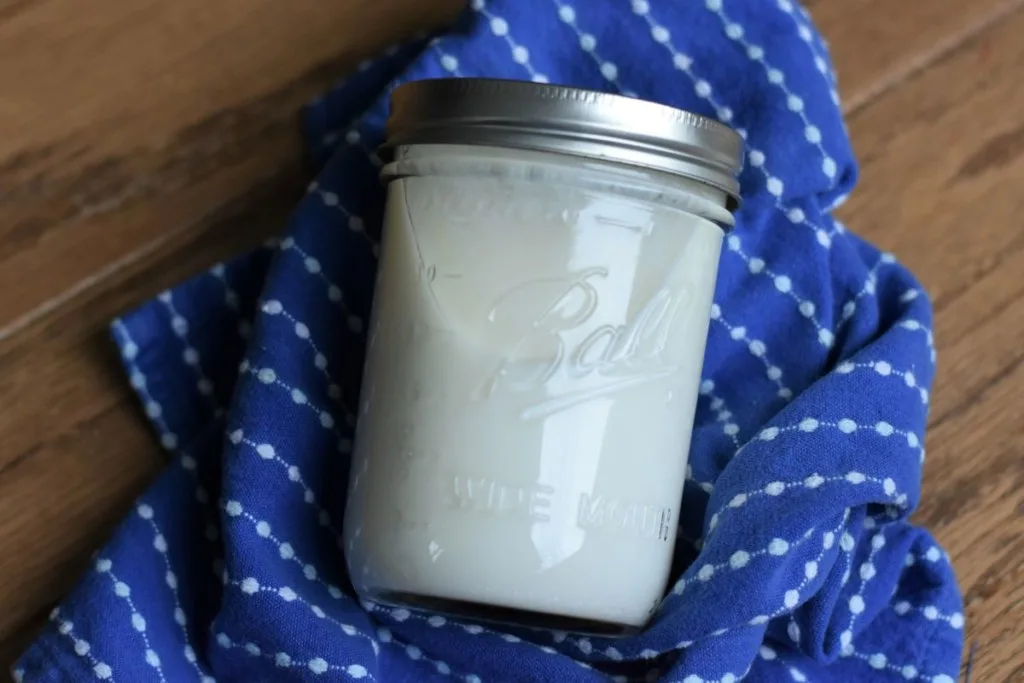
Why does every single recipe call for a couple of tablespoons or, at most, one cup of buttermilk, and yet every single container of buttermilk you find in the store is a pint or larger? It’s infuriating, right? This enforced food waste is ridiculous. That is, until you learn that you can freeze buttermilk. (Did you know you can easily make your own cultured buttermilk?)
You don’t even need to repackage it. Use what you need for your recipe, and then pop the container in the freezer. If you want to make it easier to use in the future, freeze it in ice cube trays, so you have pre-measured portions ready to thaw and use.
2. Corn on the Cob
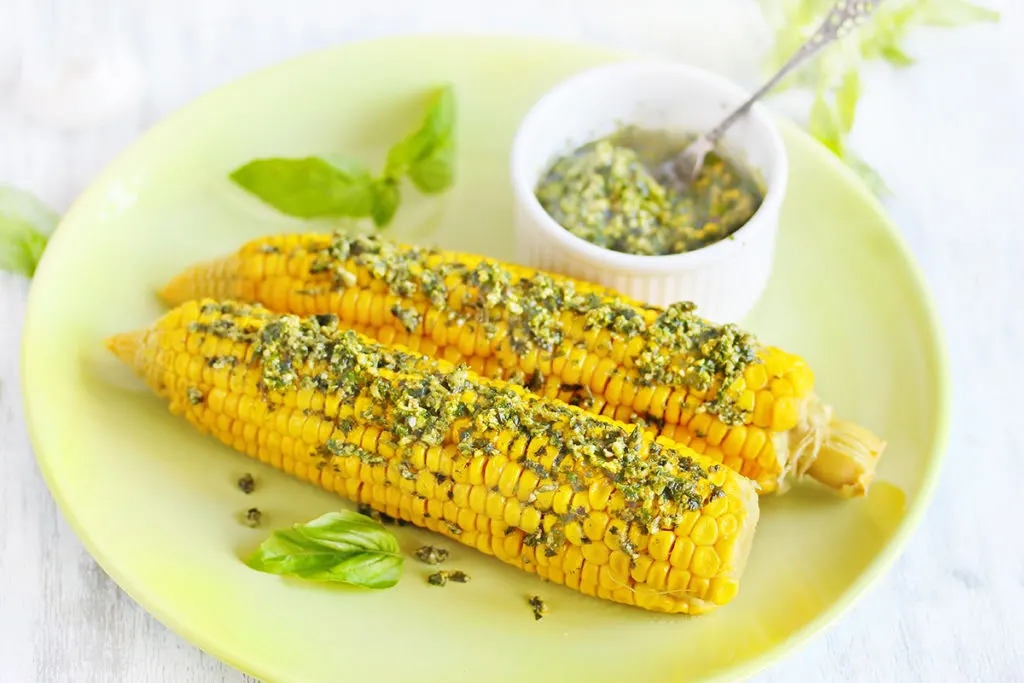
Storing frozen corn on the cob is great if you get a bunch of local sweetcorn and want to enjoy it all year. Husk and blanch it first before storing it in an airtight container.
This is also a great way to reduce food waste. If you have the spare cob of sweetcorn left over after a barbecue or summertime dinner, toss it in a freezer bag. You can add to the bag throughout the season.
Frozen corn on the cob is great as is, or you can slice the kernels off to be roasted or tossed in with your black bean tacos or corn chowder.
3. Diced or Minced Onions
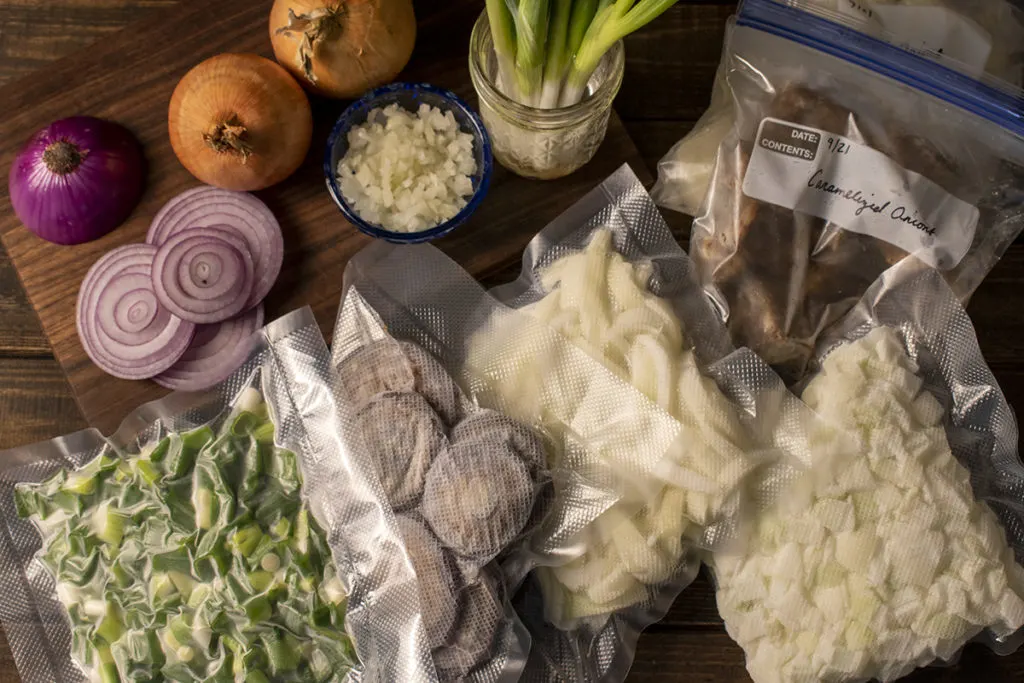
After mincing or dicing up what you need for dinner from that onion, why not finish it off and then pack the excess in ice cube trays? Once the onion cubes are fully frozen, store them in double-bagged freezer bags, and you’ll have them ready for cooking.
Frozen onions are super handy for quick weeknight dinners and I share my step-by-step tutorial for freezing onions here.
4. Minced Garlic
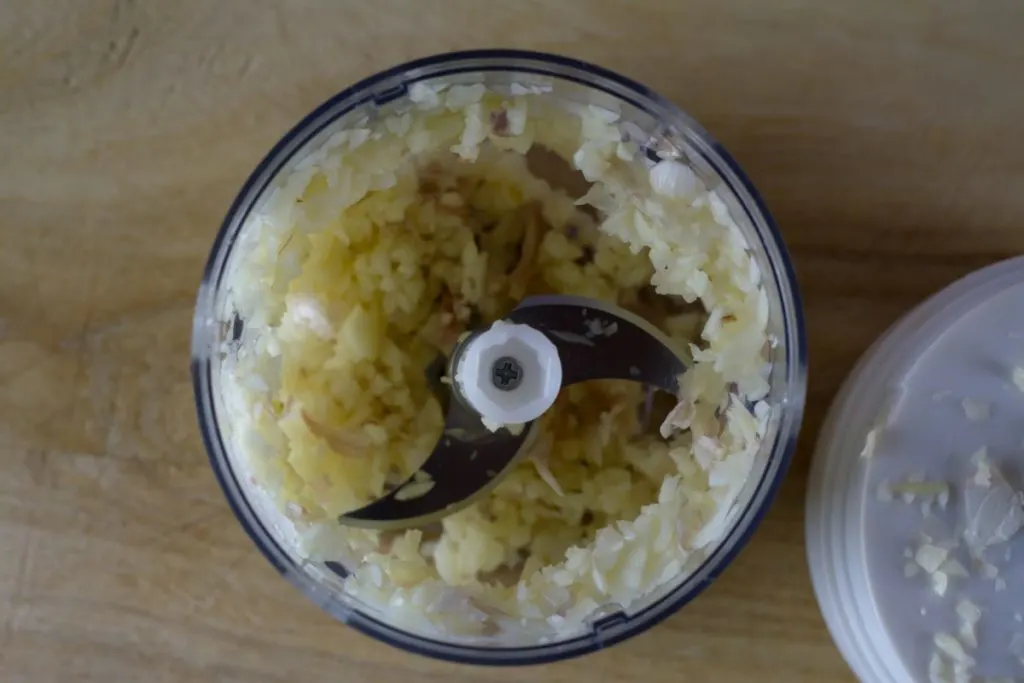
One of the handiest things I have in my freezer is frozen cubes of minced garlic and olive oil. Toss the cloves into a food processor and mince them finely. Then press the garlic into ice cube trays and drizzle olive oil over them. After the cubes are frozen, store the cubes in a freezer bag for easy and quick minced garlic while cooking.
You can also store whole bulbs, although that requires a bit more careful selection. You want the freshest garlic you can find, with no brown spots or green shoots beginning to grow. And organic garlic will give you the best flavor after it has thawed. The garlic bulb should be firm, dry and papery; otherwise, it won’t freeze well. Place in an airtight container and remove the air before freezing.
5. Overripe Bananas
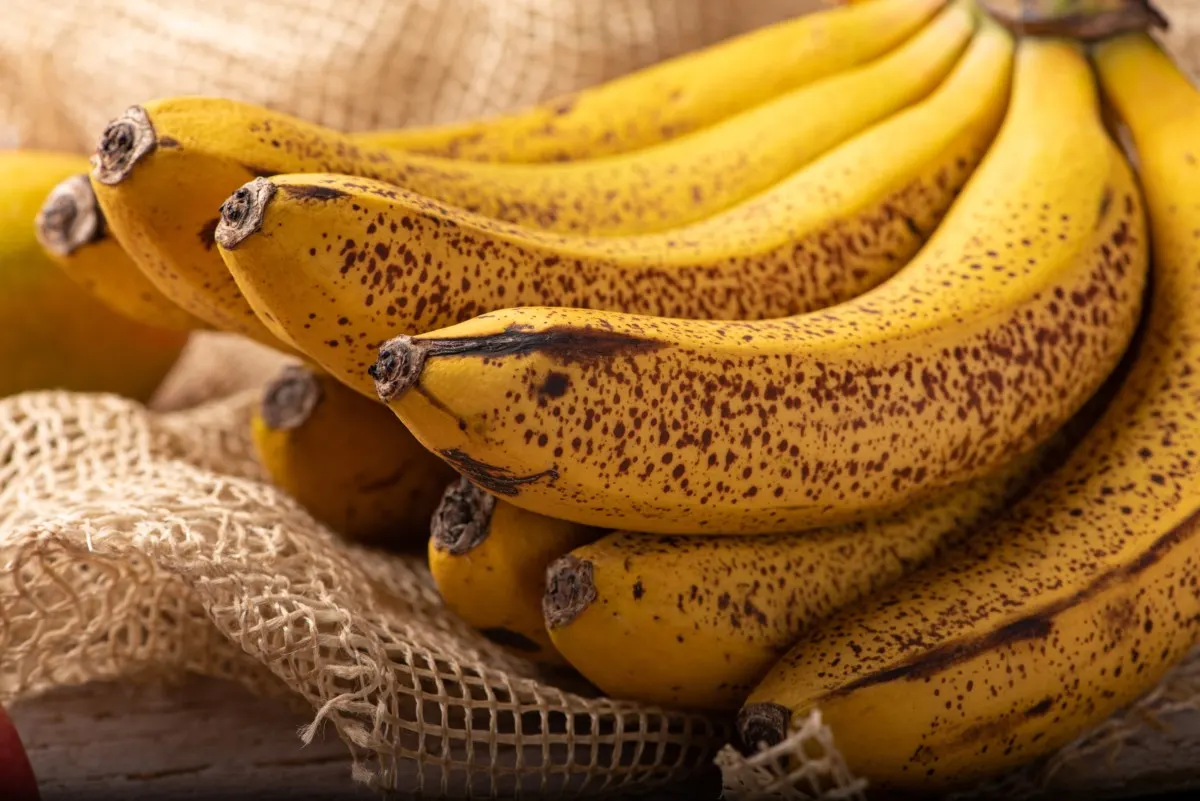
It seems like my kids will eat nothing but bananas for days, then suddenly, bananas are out, and apples are in. Inevitably I get left with three or our bananas that are overripe. Instead of rushing to make something with them, I peel them and toss them whole into the “banana” freezer bag in the freezer.
I have plenty of overripe bananas ready to go when I want to make smoothies, banana pancakes, banana bread, or banana muffins. Not only is it convenient, but it’s just one more way my freezer cuts down on our family’s food waste.
6. Nuts
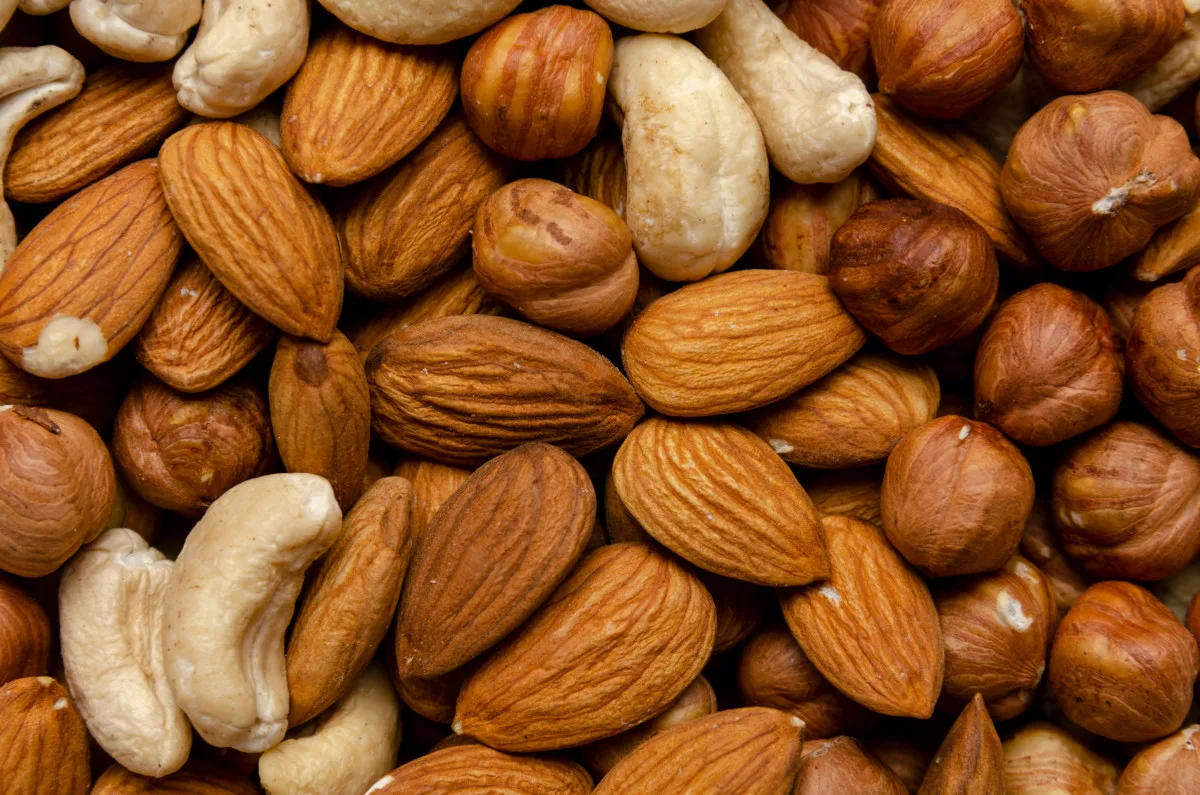
Nuts shouldn’t be stored in your cupboard or pantry. The oil in nuts goes rancid fairly quickly, leading to funky flavors. Keep them in the fridge for the best-tasting peanuts, cashews, almonds, and other nuts. If you buy in bulk, store larger quantities in the freezer.
7. Flour
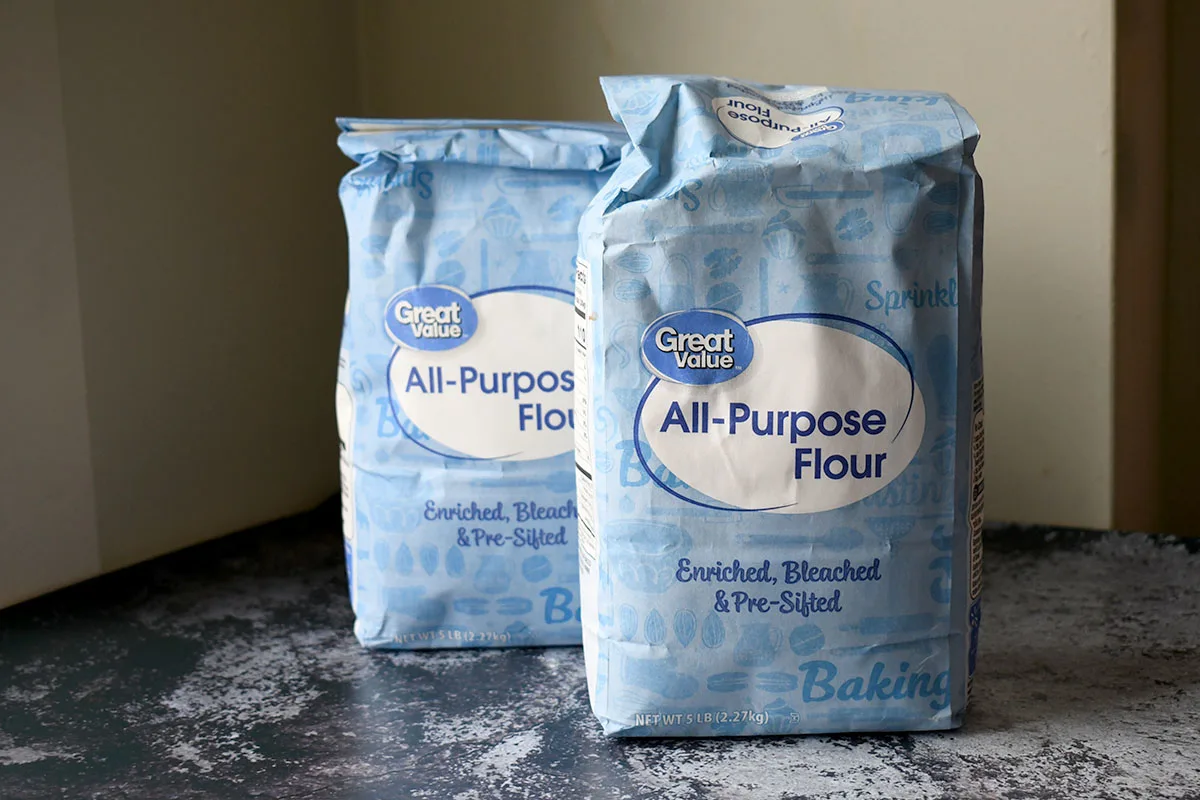
Most people have no idea how well flour freezes. And if you buy flour in bulk or catch a great sale (those holiday baking sales are perfect for stocking up on flour), it can go bad quickly sitting in your pantry. Heat and light destroy the delicate oils in wheat, leading to off flavors.
Store unopened flour in the freezer. Put it in a freezer bag to keep out moisture or weird flavors. If you have the space in a large chest freezer, consider storing your flour in a 5-gallon food-grade bucket. It’s the best way to keep flour fresh, and you can measure it out as you need it.
8. Potatoes
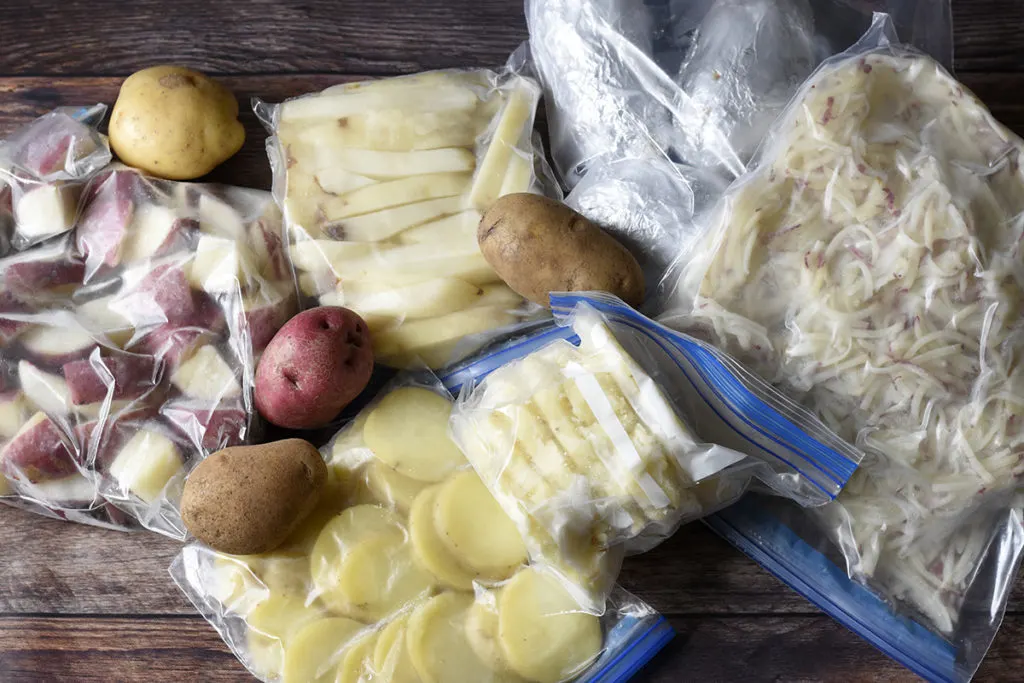
This one always seems to surprise people. Yes, you can freeze potatoes. I wrote up an entire article on how to freeze potatoes the correct way. I also explain why you end up with black (gross) potatoes if you do it wrong.
9. Minced Herbs
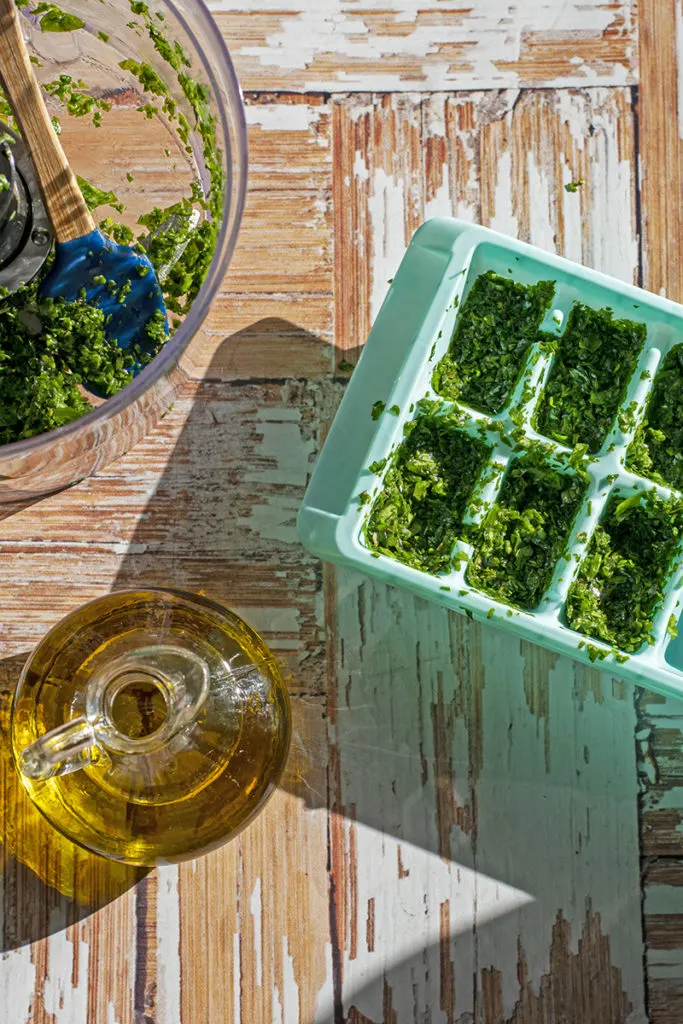
I don’t know about you, but I’m not too fond of those bunches of herbs at the grocery store. You always end up with way more than what you need. Then they inevitably sit in the crisper drawer drying out or getting moldy. Eliminate the waste and cut down on how many bunches of herbs you buy each year by chopping up and freezing the excess.
After you’ve snipped what you need for the recipe you bought the herbs for, take a few moments to rough-chop the rest of the bunch. Pack the chopped herb into ice cube trays and then top up with olive oil. Pop the ice cube tray into the freezer. Once completely frozen, store the cubes in an airtight container. Now you have one or two tablespoon portions ready to go whenever you need them.
Related Reading: How To Keep Supermarket Herbs Alive Forever
10. Frozen Eggs
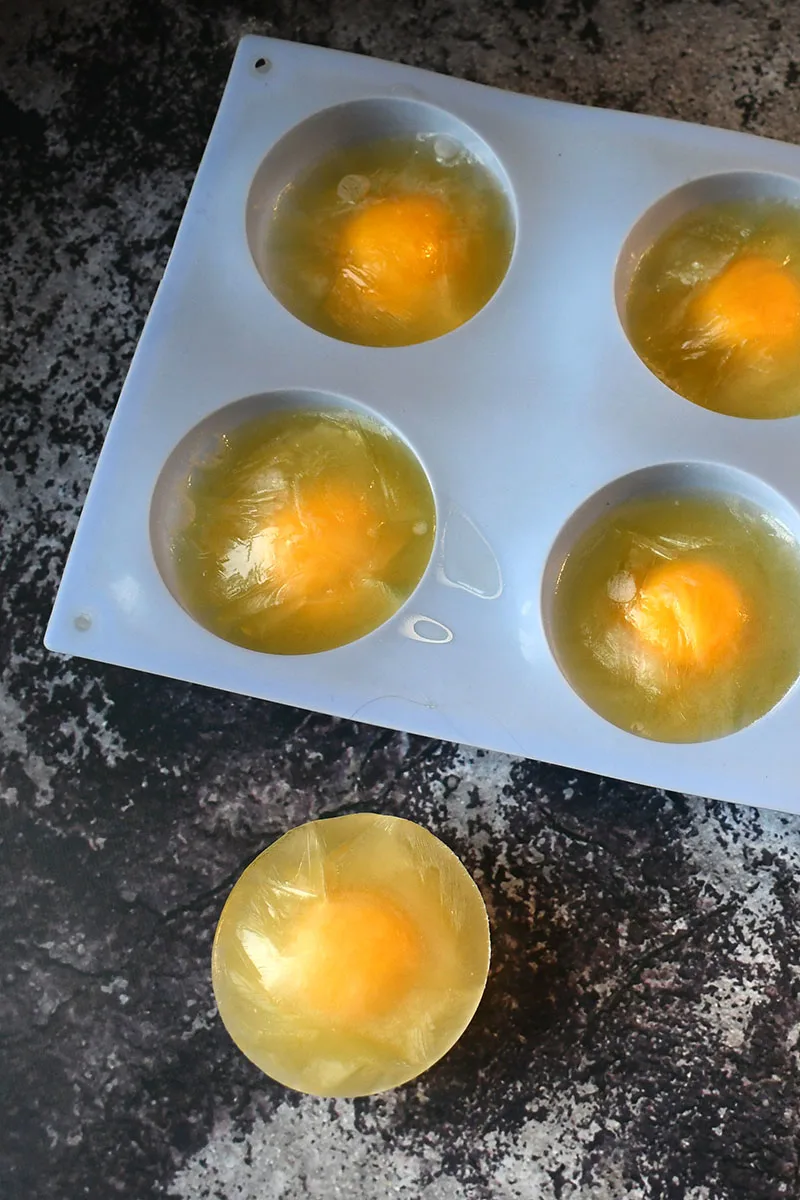
Yup, you can freeze raw eggs. And it’s pretty easy to do. You’ll need to take them out of the shell, though; otherwise, the egg white will expand as it freezes and crack the shell. While that might be okay in the freezer, it gets pretty messy when they thaw.
Silicone or non-stick muffin tins are great for freezing individual eggs in. Then once they are frozen, you can pop them out and store them in a freezer bag.
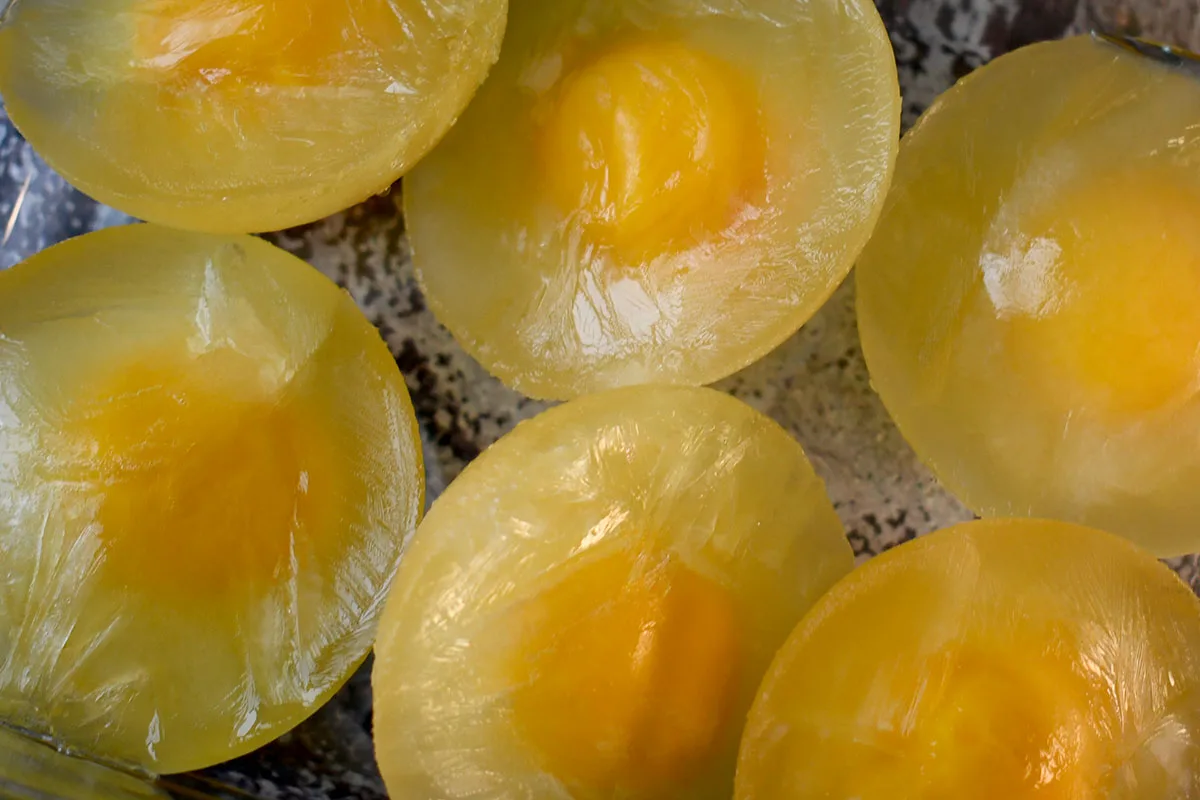
Don’t forget to put those leftover eggshells to good use – they can be used in some brilliant ways.
11. Grapes
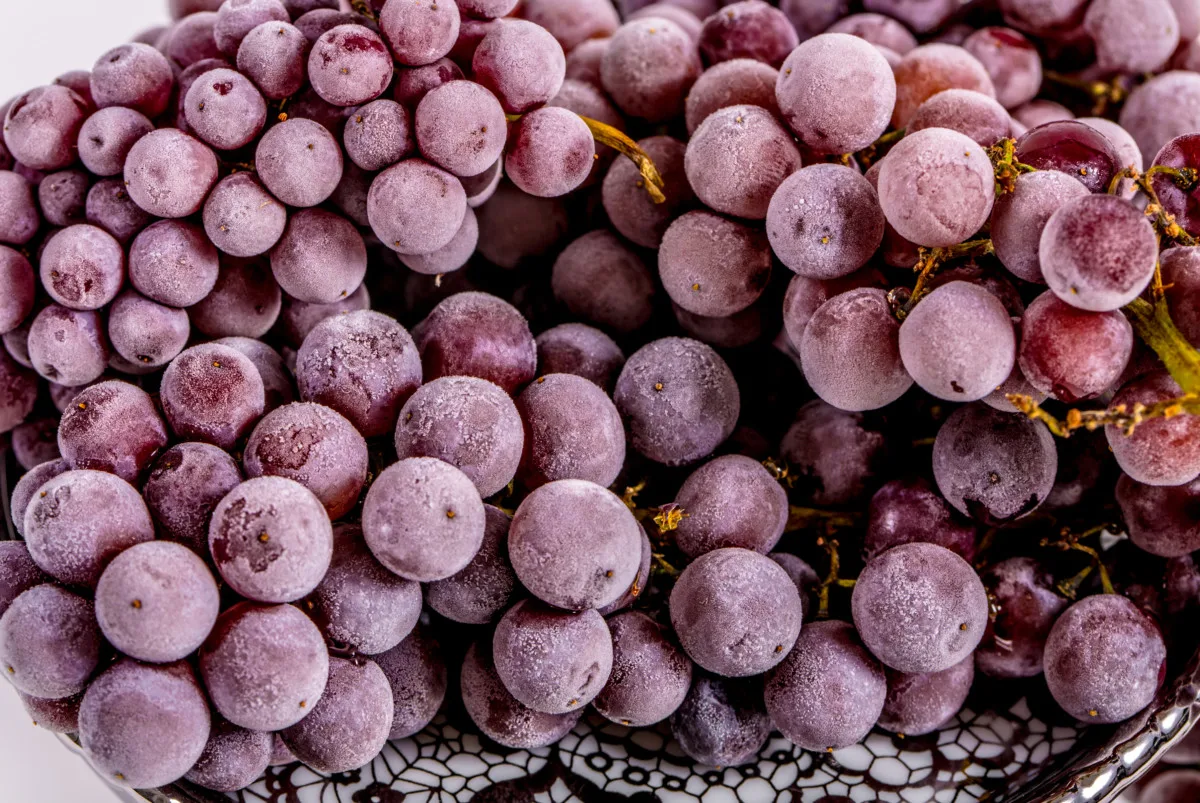
Some foods are a pain to buy for smaller families, and grapes are one of them. No matter how quickly you eat them, they start going bad before you can finish the package. I started popping the grapes in the freezer as soon as I noticed a couple looking wrinkly.
Let me tell you, frozen grapes are now a favorite household snack. My kids have even requested that we freeze the whole package as soon as we get them home from the store.
You don’t have to do anything special to store them; I toss them in as is.
They also make fantastic edible ice cubes for punches, lemonade, cocktails and sangria.
12. Cooked Rice
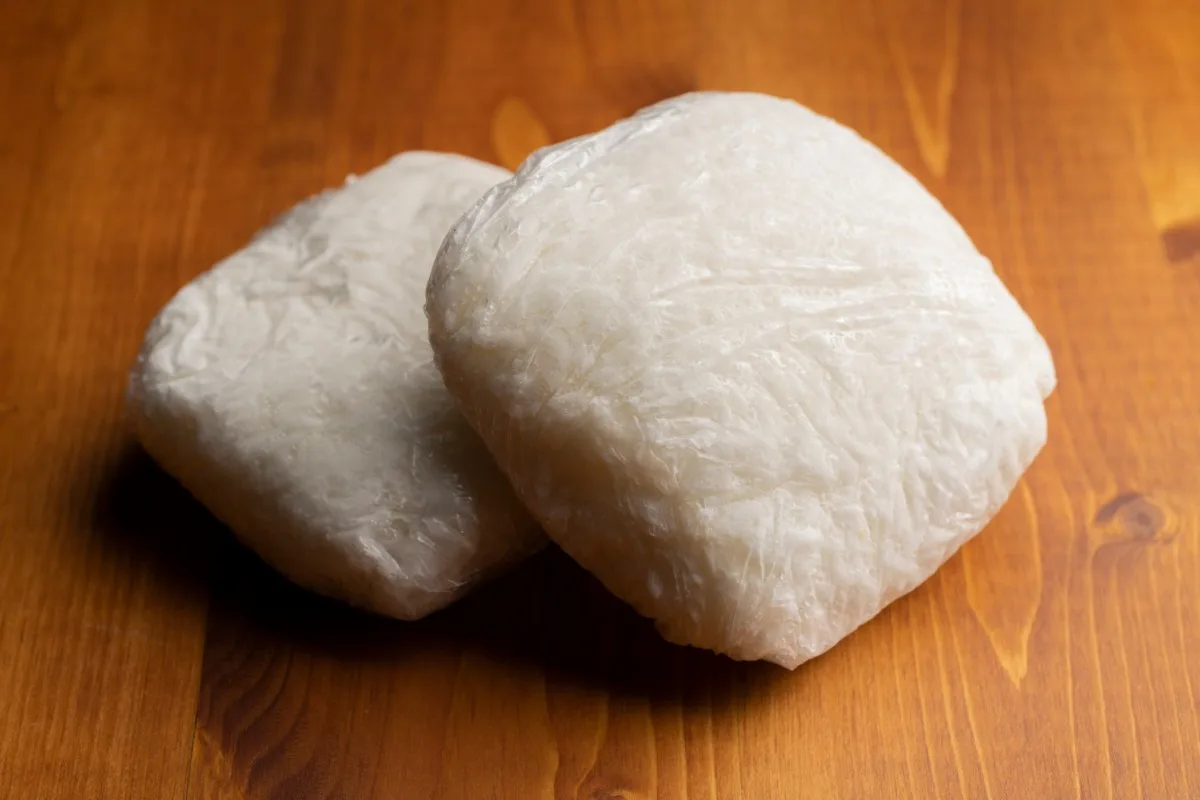
Believe it or not, rice that’s been cooked and frozen has better flavor and texture than eating it immediately after cooking. This is great news because pulling a bag of rice out of the freezer to go with a meal is so much more convenient than waiting for it to cook.
Make up a few large batches of rice and freeze them in batches in freezer bags. Seal up the bag while it’s still warm and toss it in the fridge. You’ll have tender and moist rice in minutes when you thaw it and reheat it.
13. Avocados
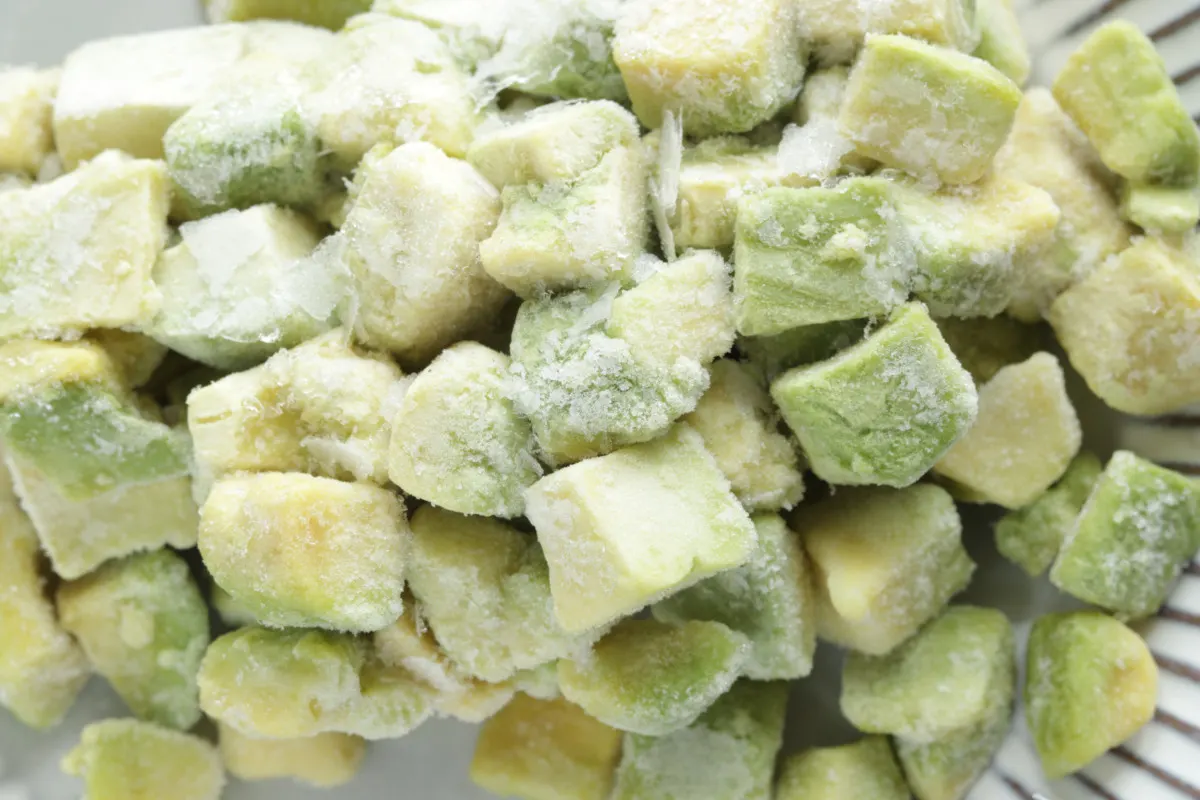
Oh, avocados; I’m ashamed to admit to the number of them I’ve had to pitch over the years. You buy a bag, and it’s always the same. Not ripe. Not ripe. Not ripe. Sorry, you missed it; we’re all brown and gross inside.
If you want to avoid the shame of pitching half a bag of avocados, cut them in half, remove the pit and the skin and smoosh them into a freezer bag. While they won’t be good for topping salads or anything where you want them to look nice, frozen avocado is perfect for avocado toast and guacamole.
14. Cheese
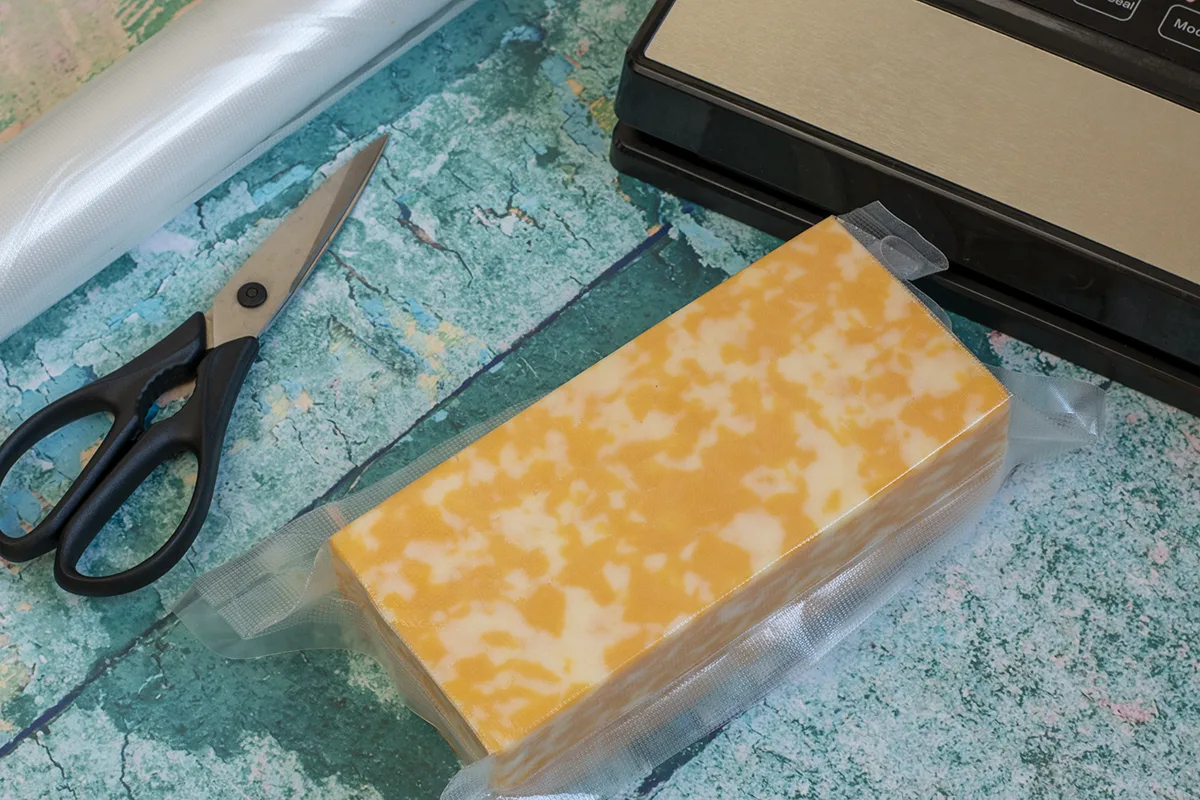
Oh yes, you can freeze cheese. But not all cheeses freeze well; softer cheese, for instance, doesn’t freeze well. But have no fear; Cheryl walks you through the whole process in her great piece – How to Properly Store Cheese For Longer.
15. Frosting
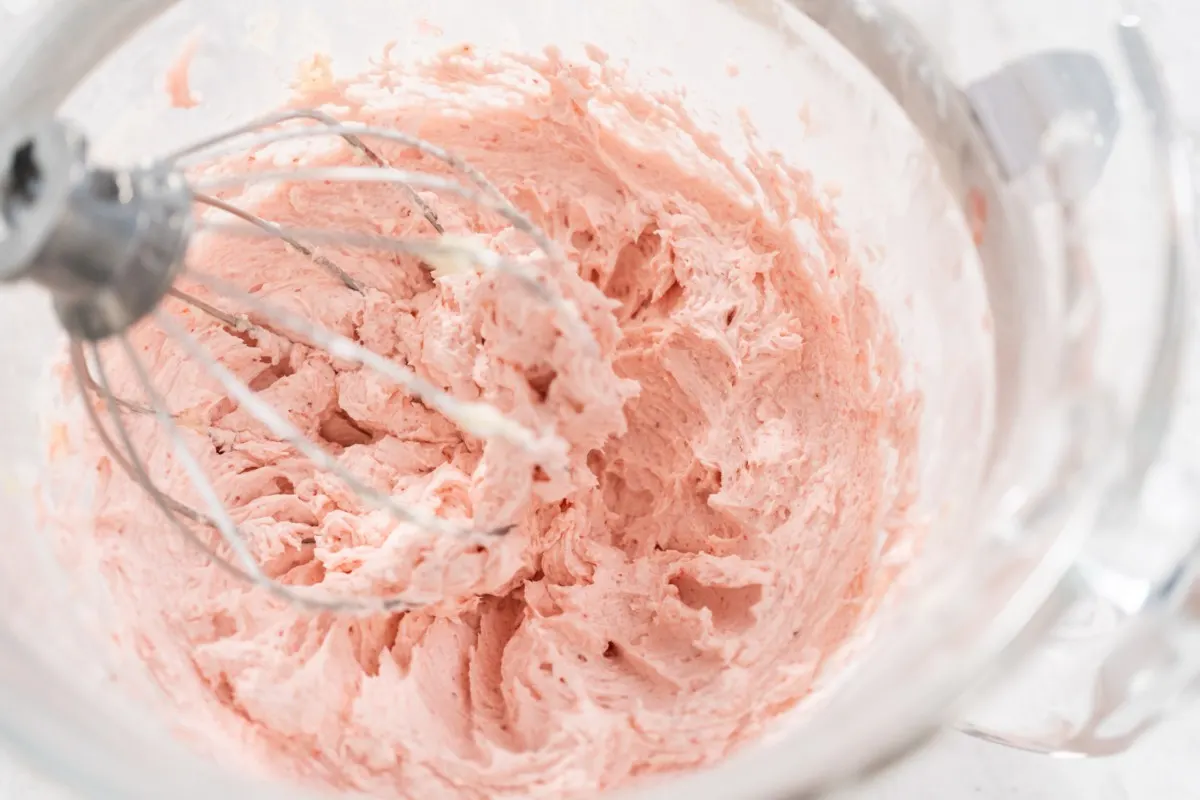
Am I the only one who starts with a recipe for buttercream frosting that supposedly yields four cups of icing and ends up with fifteen? Yeah, I didn’t think so.
Freeze your excess frosting and make spontaneous cupcake day a thing. Package the frosting in an airtight freezer bag, removing all the air. Put it in the fridge for a few hours before popping it in the freezer. Thaw it in the fridge for the best texture, too.
16. Milk
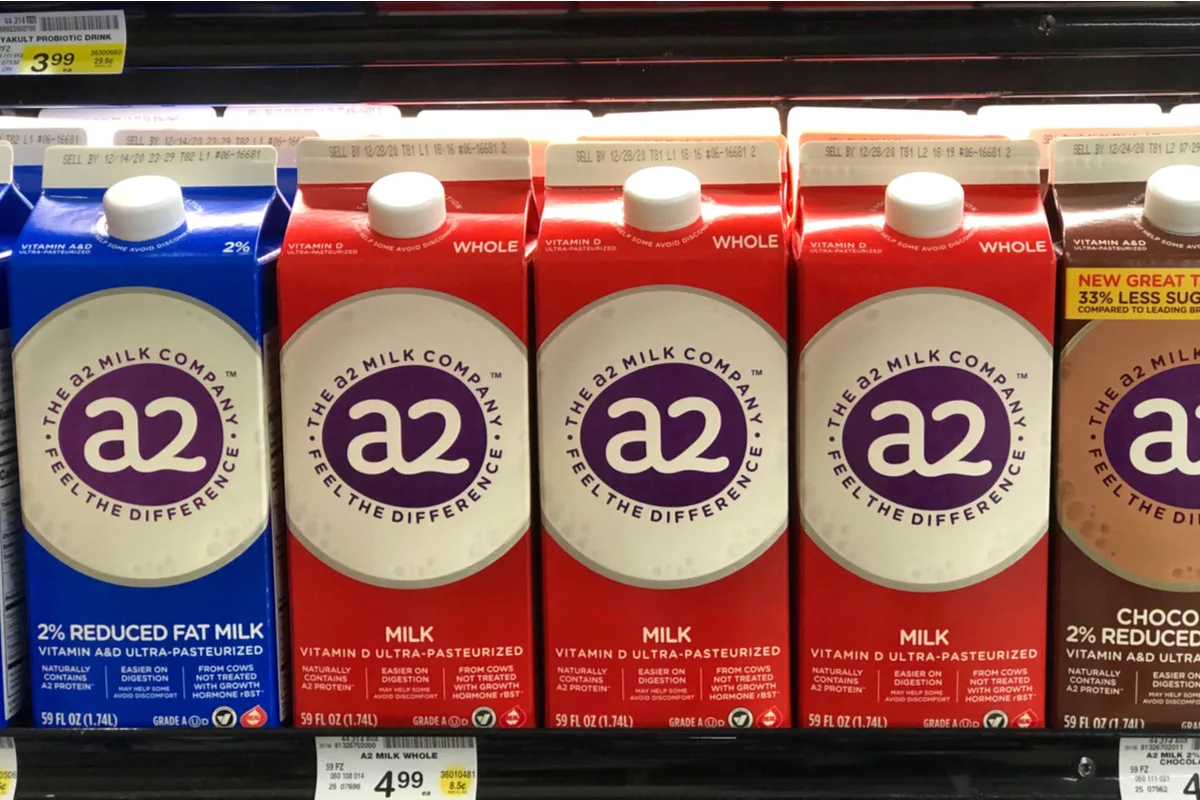
Milk is another staple that freezes surprisingly well. If you’re freezing a full container, remove about a half cup of milk to leave room for expansion. When you thaw it, the milkfats will separate a bit. Give it a good shake, and it will be as good as fresh milk.
17. Chocolate
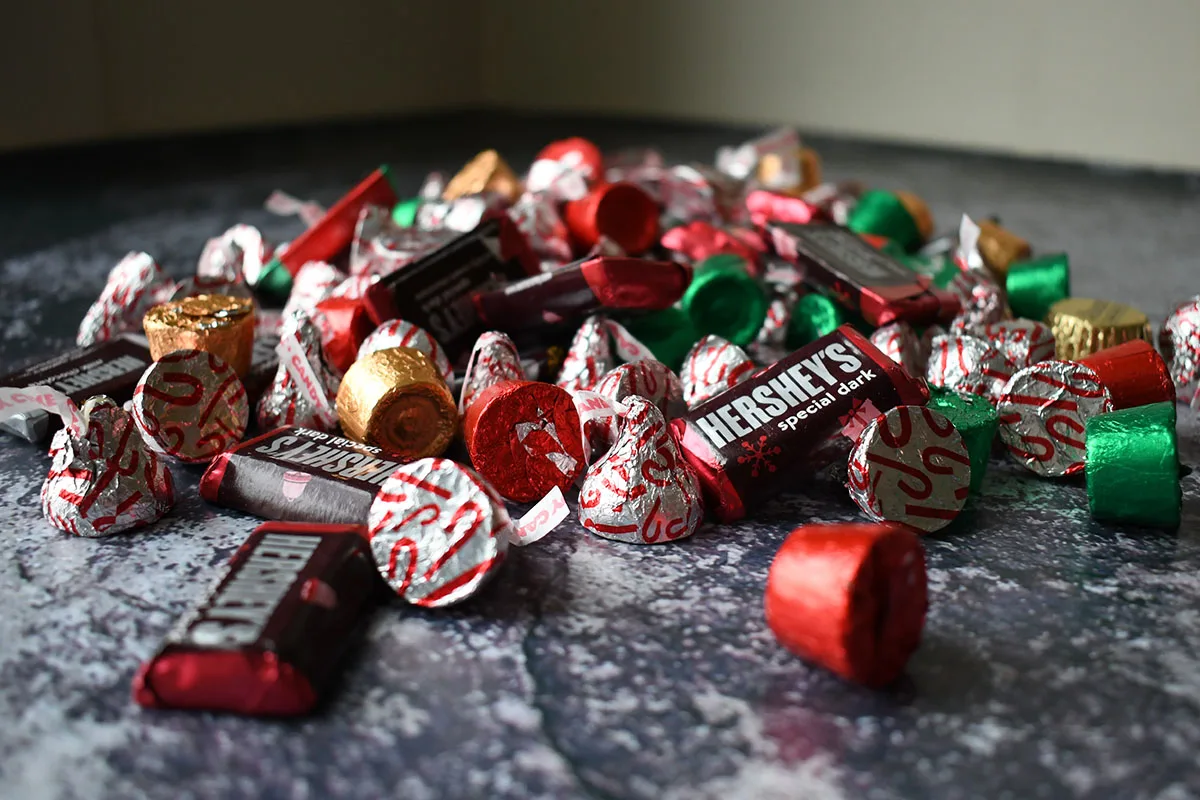
Did you buy too much chocolate for a holiday or score some great post-holiday sales? Believe it or not, you can freeze chocolate without the texture and taste suffering. To freeze chocolate correctly, vacuum seal it in an airtight container first and then put it in the refrigerator for 24 hours. After the chocolate is well-chilled, you can put it in the freezer.
To thaw it, put it in the fridge for 24 hours. Then remove it and let it come to room temperature completely before opening the sealed bag.
18. Ginger
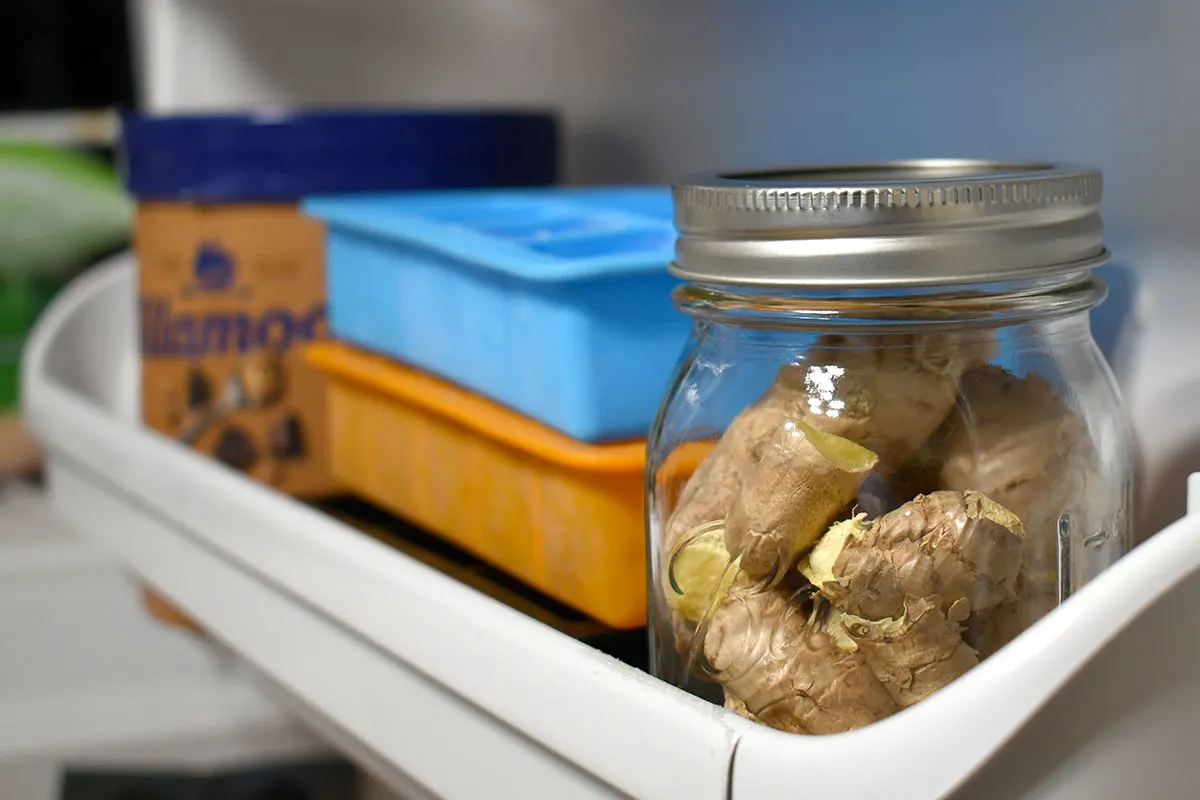
I don’t even bother keeping my ginger in the fridge anymore. It goes straight into a jar in the freezer. Frozen ginger is so easy to grate. I rarely mess around with peeling it either, but if you prefer peeled ginger, peel it with a spoon before freezing it.
19. Pancakes and Waffles
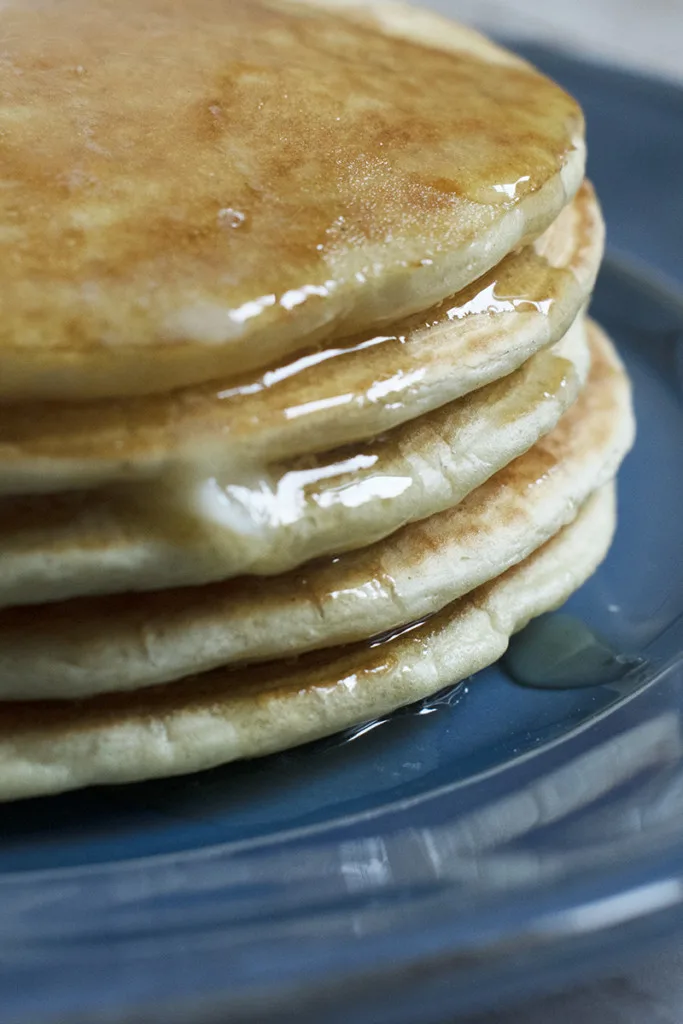
We always do the big, fun breakfasts on the weekend when we’ve got more time. So, I started making extra pancakes and waffles on those days to freeze. Once they are completely cooled, they get stored in a freezer bag. Then, if the kids want pancakes or waffles during the week, all they have to do is toss them in the toaster. And mom’s waffles are always better than those cardboard ones in the freezer section at the store.
20. Tomato Paste
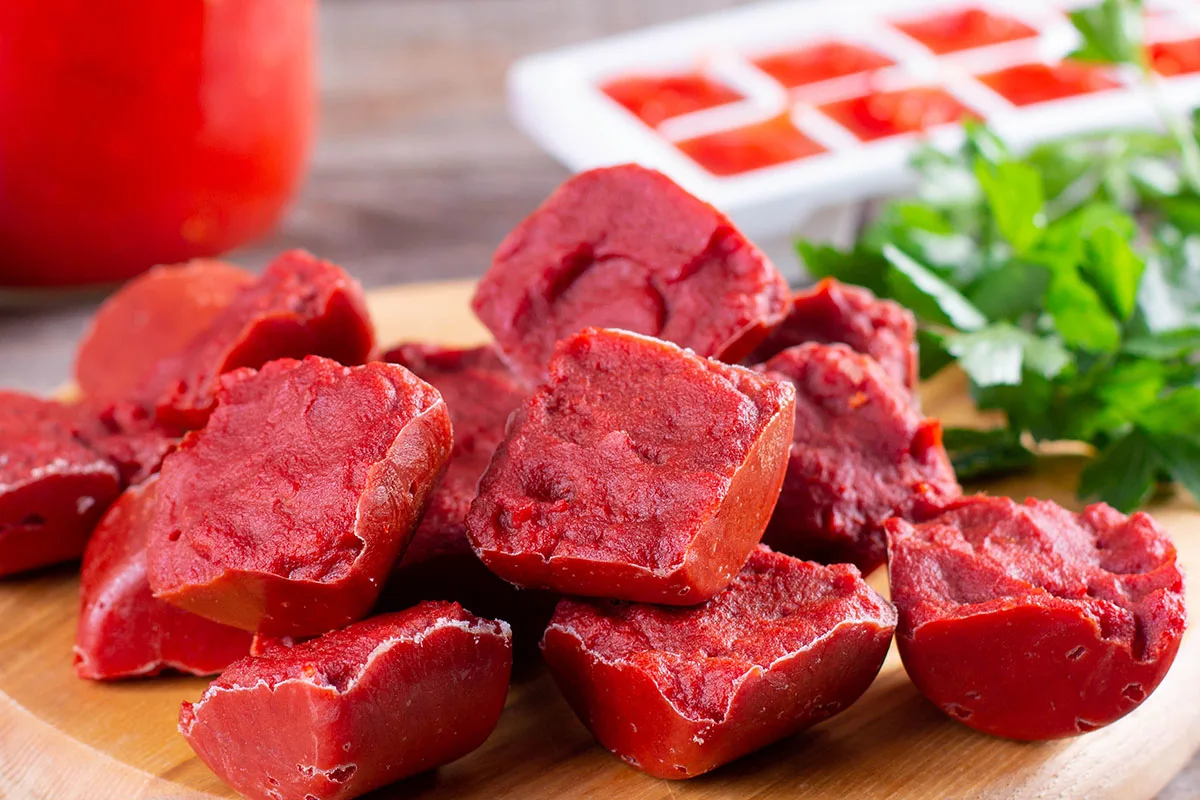
Much like buttermilk, tomato paste can be a real pain in the can. In my three-plus decades of cooking, I have yet to make a recipe that uses an entire can of tomato paste. Inevitably, I would put the rest of the can in the fridge only to find a dried-up, moldy can of tomato paste several weeks later.
Now when a recipe calls for tomato paste, I open my freezer. Inside is a jar with frozen, pre-measured one-tablespoon portions of tomato paste. Whenever I open a can of tomato paste, I scoop out tablespoonfuls onto a piece of wax paper and then freeze them. Once they’re solid, they go in the jar. No more moldy cans of tomato paste.

Get the famous Rural Sprout newsletter delivered to your inbox.
Including Sunday ramblings from our editor, Tracey, as well as “What’s Up Wednesday” our roundup of what’s in season and new article updates and alerts.

